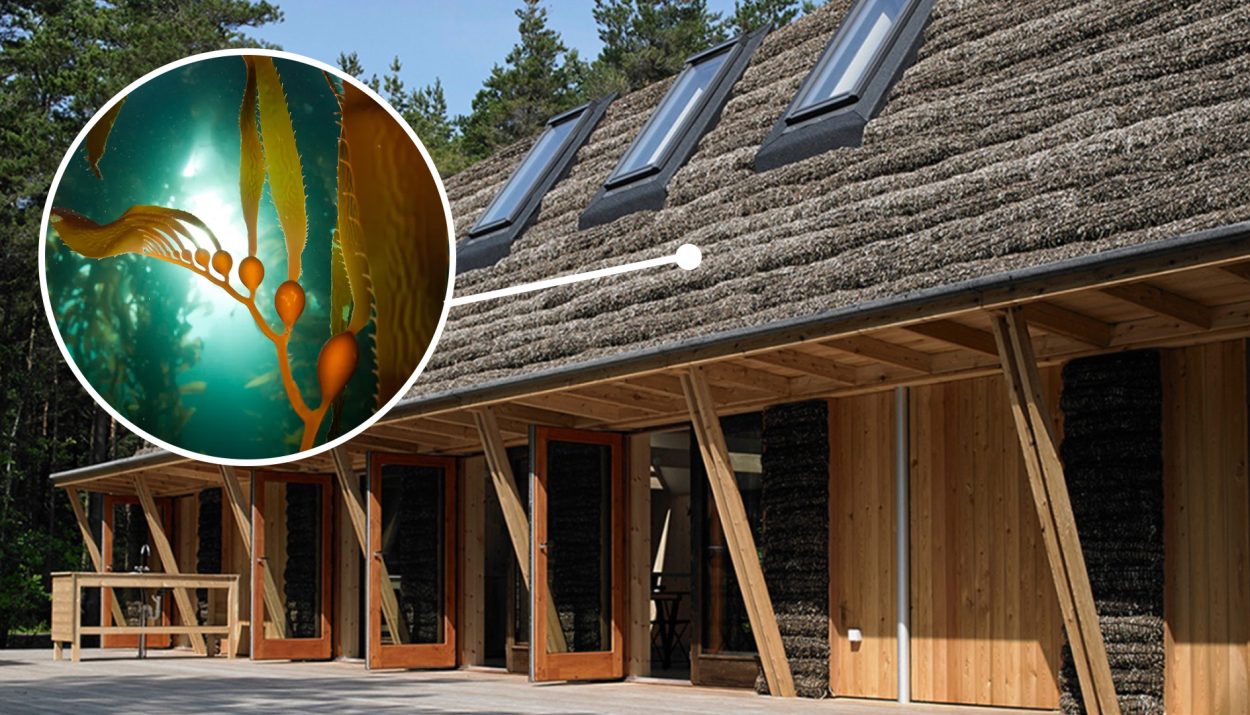Seaweed could be a game-changer for building and protecting homes in the future.
The natural material is antibacterial, absorbs moisture, is nontoxic, and is resistant to fire. It’s also growing more rapidly because of increased levels of carbon dioxide. That means there’s never been a better time to embrace its potential.
Seaweed: Ancient Building Marvels
Seaweed has long been used as a construction material in various cultural practices. A notable example is Japanese Shikkui, a lime-based plaster and coating. It incorporates seaweed extracts as an adhesive. This method is seen in structures like Himeji Castle.
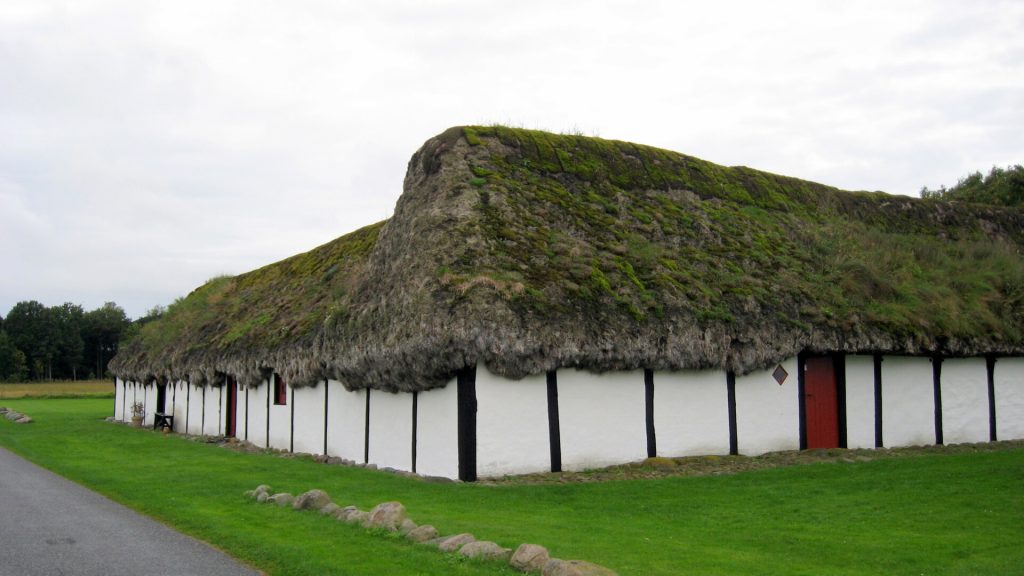
Seaweed thatching is a common practice in China’s Shandong Province. The area is known for its neat and refined roofs. This tradition dates back over 2,200 years to the Qin Dynasty.
Seawood In Ancient China
Ancient fishing villages in the region boast thousands of “sea-moss cottages,” typically constructed with alternating layers of wheat straw and seaweed. Some even feature old fishing nets placed decoratively on top for added wind resistance. Recently renovated, these cottages now attract tourists.
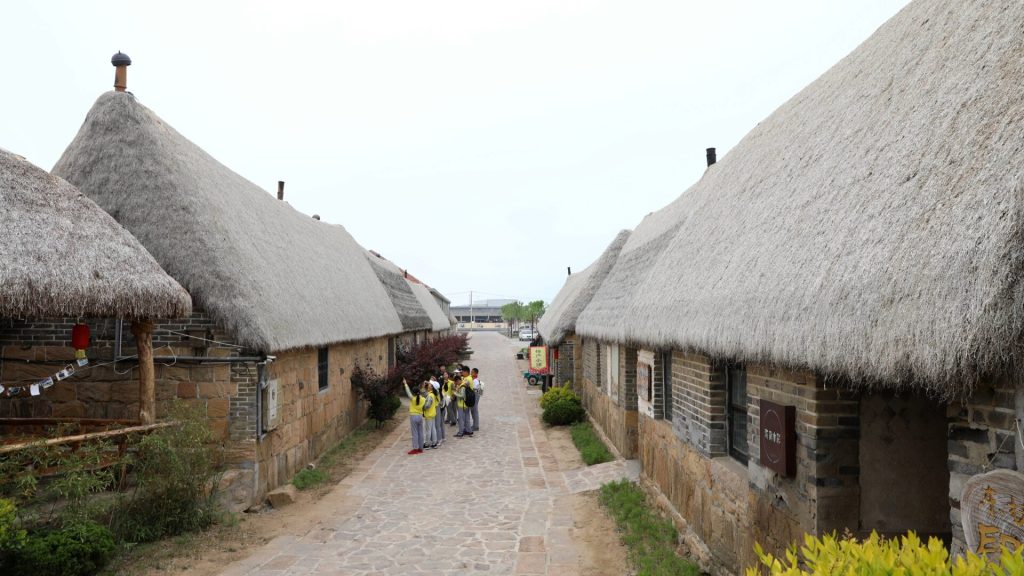
Seaweed houses are considered proof of ancient Chinese people’s invention and represent a distinctive architectural style in Jiaodong, particularly in Weihai. The construction process involves several intricate steps, such as preparing materials, erecting walls, and thatching roofs.
Seaweed Houses: The Unique Charm Of Xiaoxi Village
Xiaoxi is another village in China known for its many seaweed houses. This creates a startling panorama when viewed from a distance. The village lies on the east of The Dream Sea (Na Huong Hai). With the majestic coastal route 228 to its north and the peaceful sea to its west, Xiaoxi Village is a sight to behold.
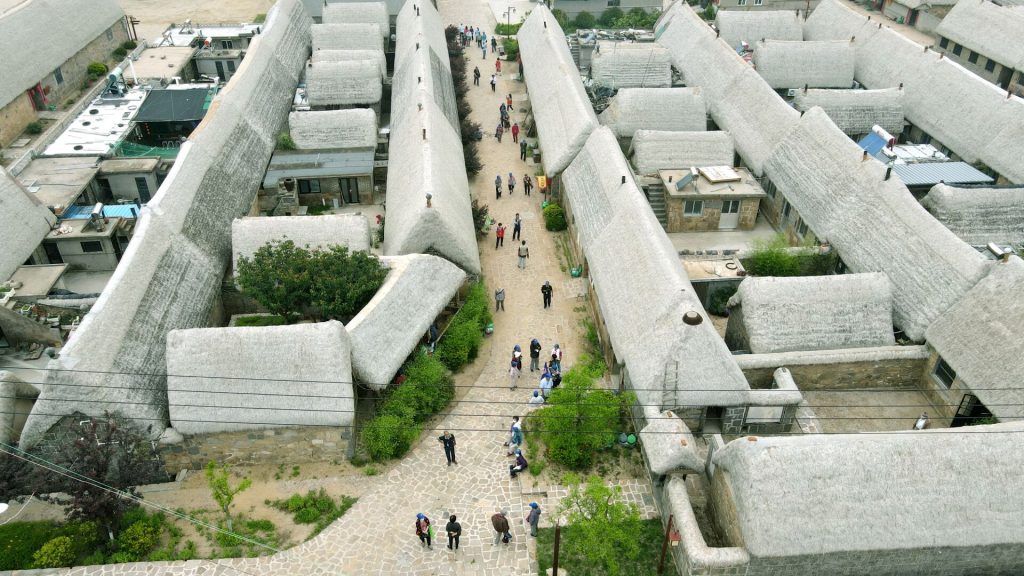
Because of its well-preserved seaweed houses and folk culture inheritance, it was officially recognized as one of the fifth batch of national traditional villages in 2019. Many parts of Xiaoxi Village have gone through transformations over the last hundred years. Yet, the one constant feature has been the presence of seaweed houses. The village boasts about 110 seaweed houses.
Seaweed Thatching: Danish Architectural Heritage
Haeckels also mentioned that in the past, Danish folks used seaweed to construct their houses. For more than three hundred years, seaweed has been used as roofing material on Laeso Island. Necessity was the mother of invention here. They had used up all their trees to fuel the local saltworks, leaving them with a shortage of timber for building roofs.
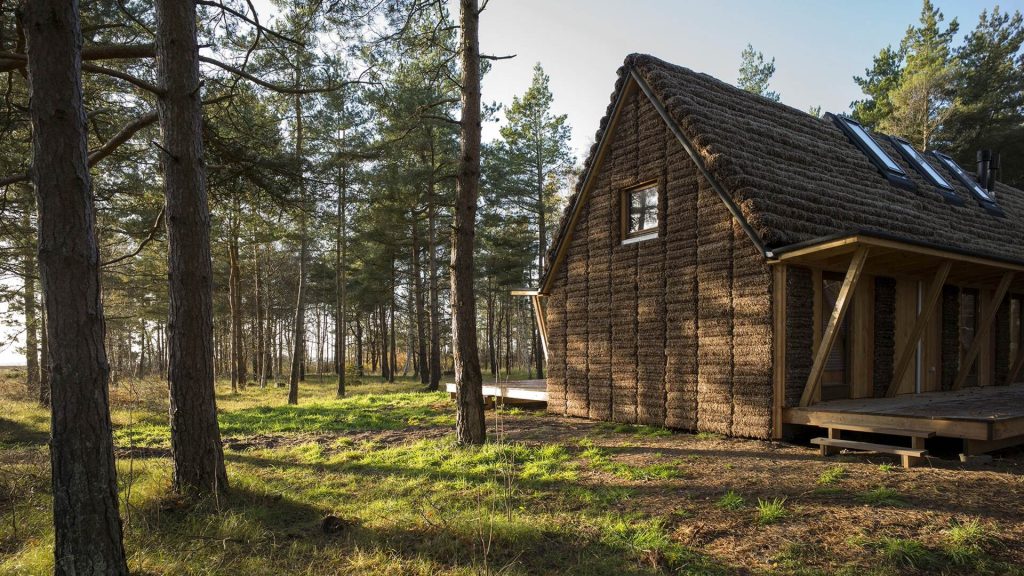
As expected from a roof one meter thick, it provides good insulation. It is also waterproof, fire-resistant, and resistant to rot. This ensures that it will last for hundreds, maybe thousands of years. Traditionally, women from the community, often in groups of 40 or 50, would gather to complete an entire house’s roofing in a single day.
Seaweed Homes: Sustainable Building Solutions
Today, there are still 20 houses from the Viking times on Laeso Island, Denmark. They were built using seaweed, which lasts a long time. Nowadays, it’s important to find and use new ways to build because using concrete adds to global warming.
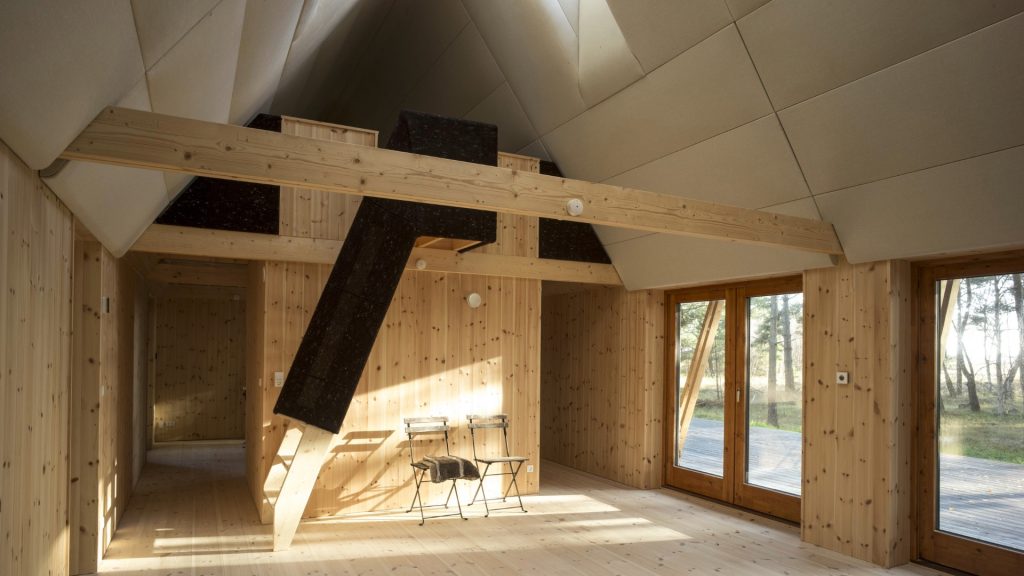
According to Haeckels, “About one metric ton [1.1 U.S. tons] of CO2 is released for every one metric ton of cement produced.” This is because of the heating process and chemical reaction during the production cycle. Seaweed homes, meanwhile reduce harmful pollution. The marine plant absorbs more carbon than construction produces for each home.
Omar Vazquez Sanchez’s Eco-Revolution
While the traditional use of seaweed in structural walls is scarce, recent experiments show promise. Omar Vazquez Sanchez, an entrepreneur in Mexico is one of those leading the revolution.
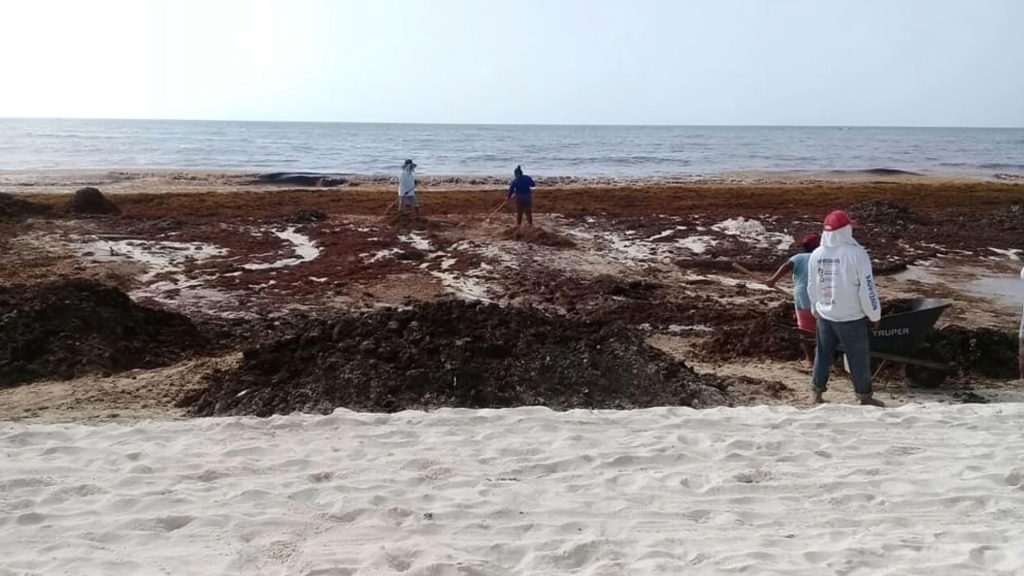
He resides in Cancun where vast amounts of sargassum seaweed plague the beaches. Hotels pay to clear tons of seaweed, prompting him to start a business turning this waste product into fertilizer.
Sargablocks: Seaweed Building Breakthrough
He then began experimenting with seaweed in bricks, drying, grinding, and pressing it into mud blocks. The blocks are composed of about 40% seaweed. They offer a cheaper and lower-carbon alternative to conventional bricks. Thus, each of the small houses Sanchez builds incorporates approximately 20 tonnes of sargassum into its structure.
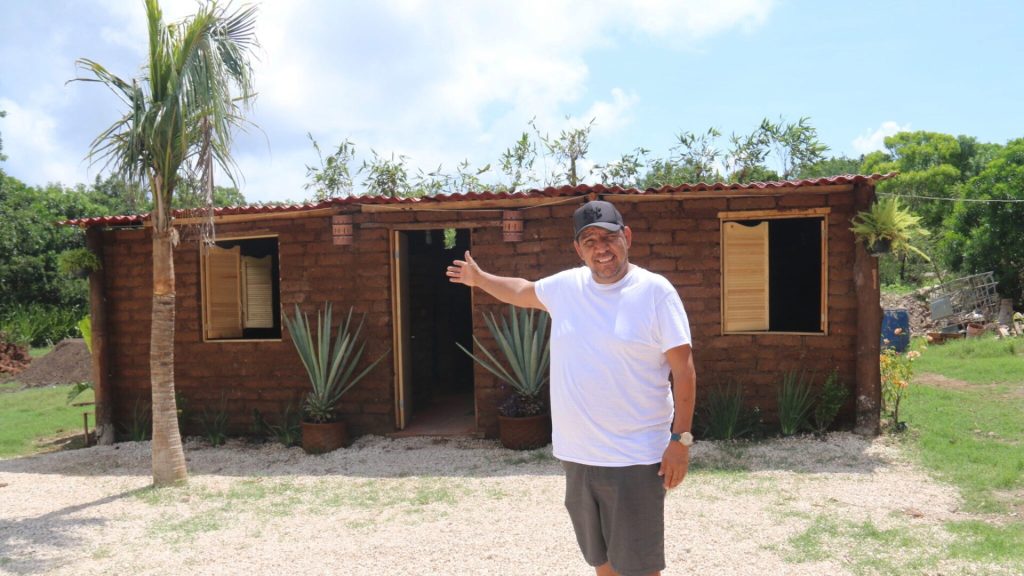
Sanchez’s “sargablocks” have been majorly used in local homes. However, his innovative work has attracted international attention, sparking wider interest in the concept. With many regions facing issues with seaweed tides, this presents a promising low-carbon building solution.
Modern Seaweed Construction: Innovative Projects
Several building projects that use seaweed are either finished or in progress. For instance, the Modern Seaweed House, designed by Vandkunsten firm, is one example mentioned by the Building Centre. Built-in 2013, the house uses a wooden frame and insulation made from seaweed, similar to an ancient Greek technique.
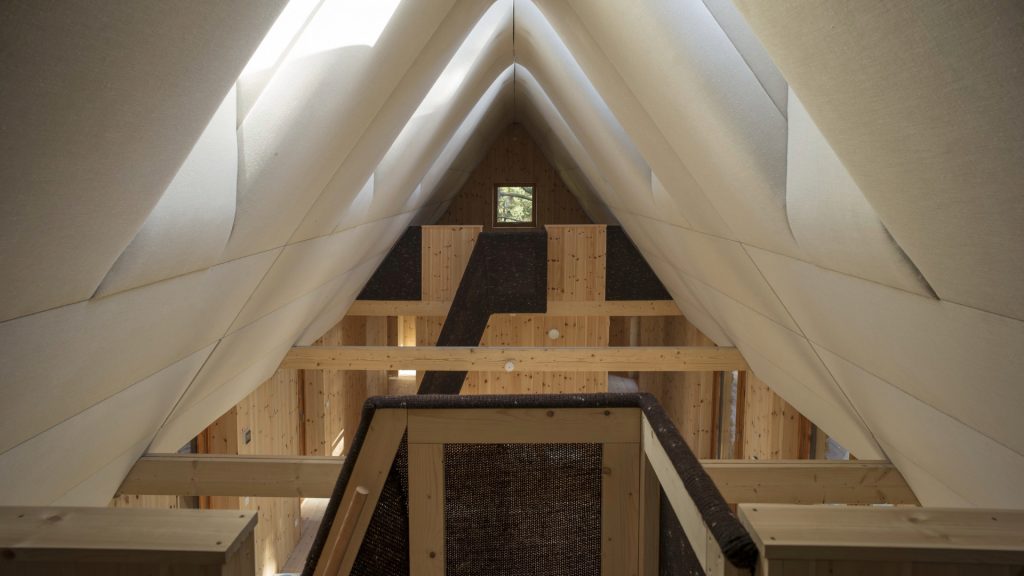
The project which is in Laeso uses nets filled with seaweed. These nets are attached to the building’s facade and roof for insulation. This helps absorb water, prevents fires, and keeps a steady temperature.
Very ‘Just-In-Time’
The Modern Seaweed House brings back an age-old building technique from Laeso, where trees were scarce but seaweed was plentiful on the beaches. While the island once boasted hundreds of seaweed-covered houses, only about 20 remain today. This prompted Realdania Byg to launch a preservation effort.

“Seaweed is at the same time very old and very ‘just-in-time’ because it is in many ways the ultimate sustainable material,” Realdania Byg’s Jorgen Søndermark told Dezeen. The team partnered with Vandkunsten to create a new house blending traditional materials with modern construction methods.
Expectations Vs. Reality
As well as building the new seaweed house, Realdania Byg also restored the seaweed roof of Kaline’s House, a 150-year-old residence next to the site. The team hopes the two projects will inspire more seaweed architecture and restoration in Laeso.
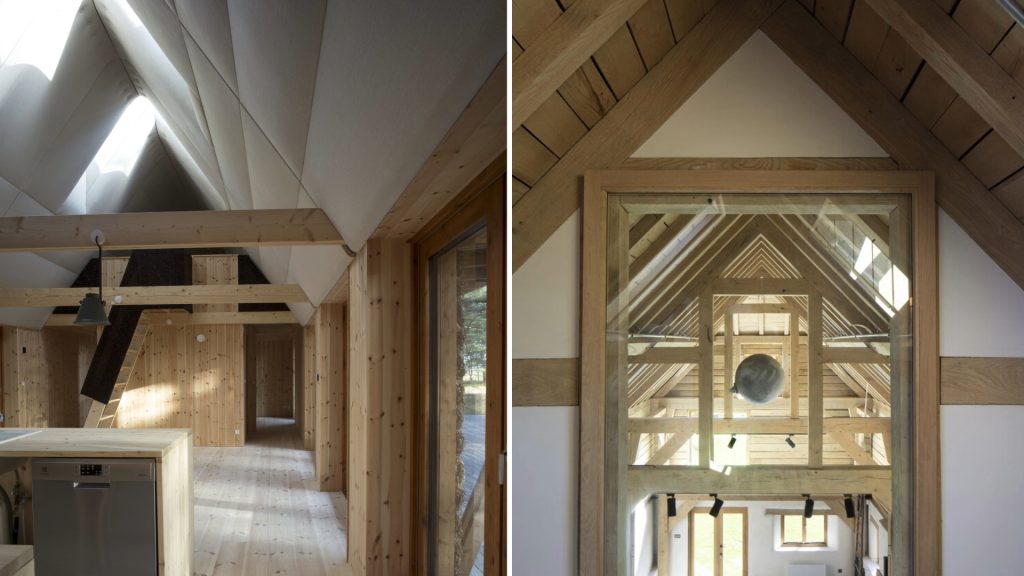
You’d expect it to be taking over the building industry by now, covering entire townships across the globe and not just twenty-something homes on a small island north of Denmark. Sadly, that’s not the case and it remains a niche product of little importance.
Seaweed In Modern Architectural Designs
London-based designer Nir Meiri incorporates ocean-sourced materials into architectural endeavors. And yes! seaweed is a major resource. Meiri crafts desk lamps from this material and utilizes fish scales for tables, along with sea salt for pendant lights.
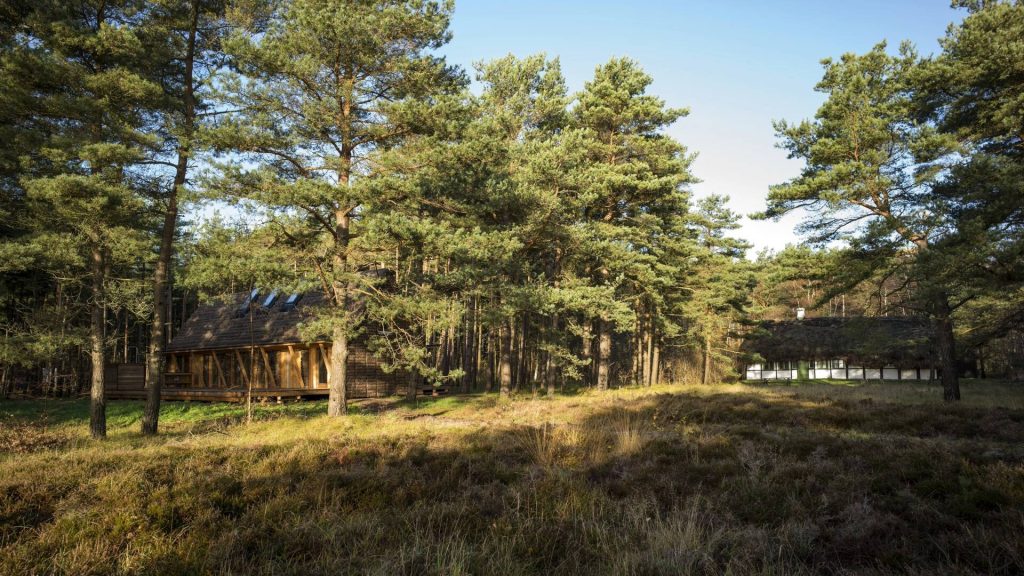
Seaweed is also finding applications as a building material and in various products in both Mexico and the United States.

